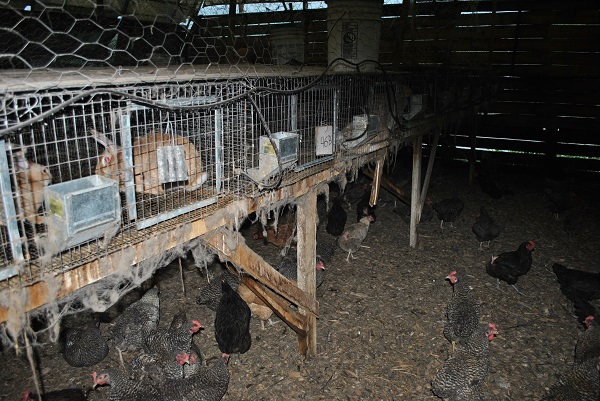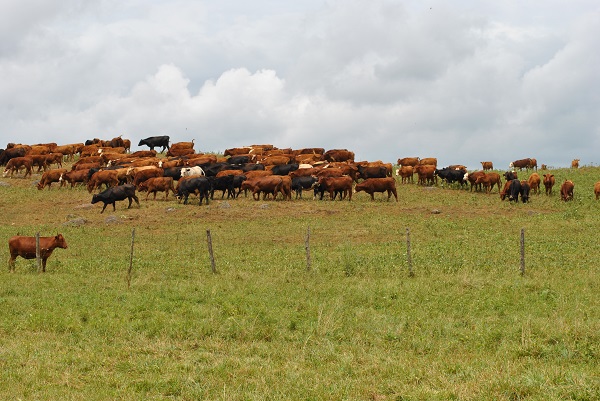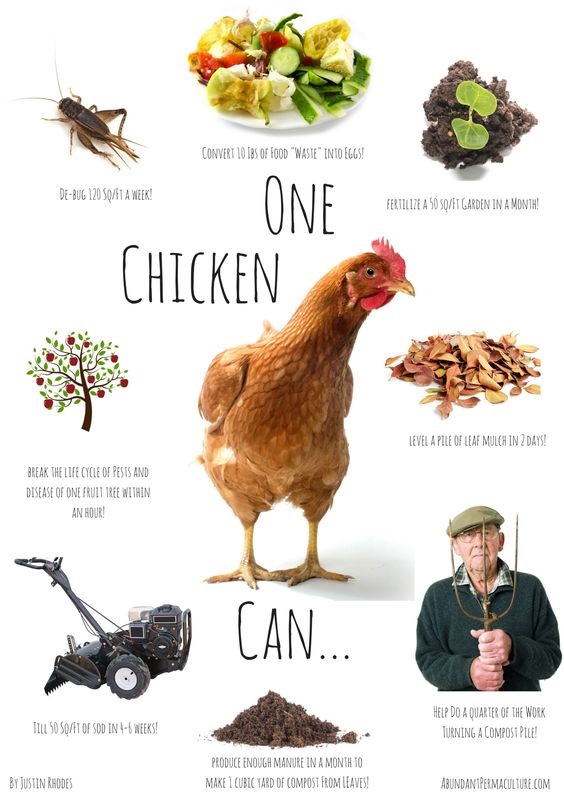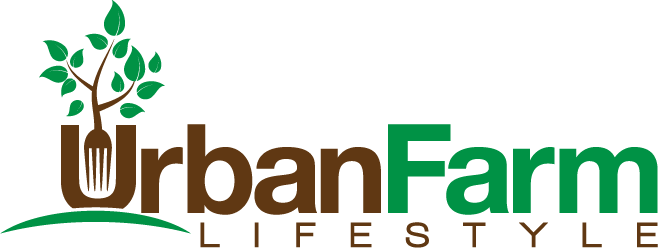
Profit Stacking Synergies
Industrialized farming and ranching use single-purpose production models and most depend on government subsidies. Nature strives never to use single-use acreage.
Enjoy,
David Proctor

Urban Farmer/Rancher
Stacking Complementary Enterprises
by David Proctor
August 3, 2023
Urban Farm Lifestyle Magazine Published Weekly
I have always tried to think of how to have more than one type of animal, plant, and source of income on the land.
With the idea of using synergistic enterprises that can be stacked while utilizing the resources that you have at hand; it is possible to take a liability from one and make it an asset to another.
Case in point. When I tried my hand at aquaponics, I was able to have a fish tank that circulated water to grow herbs on the top lid of the tank.

This was taking the byproduct from the fish to fertilize the plants.
Try to imagine what you want to do as a rancher, farmer, or gardener and think of the operation in circles, so the end of one enterprise helps form another one.
As an example, the very center might be raising rabbits.
The rabbits are housed above the ground.
The rabbit droppings and urine fall to the ground where chickens can scratch through the waste and aerate the bedding.

The chickens eat the bugs and dropped food, which allows for a much cleaner environment and no smells from the area.
This could all take place in a hoop house where later vegetables could be grown from the rich fertilizer left by the rabbits and chickens
Try and find that in an industrial commercial rabbit or chicken operation.
This will keep disease problems away that normal commercial operations have to deal with.
Pathogens tend to thrive in monocultures but are not near the threat when multiple species are together or follow each other in land use.
Polyface farm uses this principle extensively.
They use managed intensive grazing with cattle through their fields and the cows are followed by chickens to break up the cow patties and eat the fly larva.

They are achieving income from cattle, then eggs from chickens that are in the egg mobile, and then from chickens that are pastured for meat.

Chicken Tractor – Egg Mobile

Sheep and goats are brought in also to complement the grazing.
Having multispecies go through a field in this manner helps break the pathogen cycle that is so prevalent when just one species stays in the same location.
Another benefit is a huge reduction in flies and ammonia smell that is so prevalent on most farms and ranches.
When we think of these synergies, this is what permaculture tries to achieve.

One plant is used at a certain time and place that will complement its neighboring plants or future plants to follow.
The principal ideas in permaculture can be applied to plants, animals, and a combination of them.
You can have fruit trees that provide nectar and pollen for bees.
When the fruit drops, chickens or pigs could be placed underneath the trees to eat the fruit and also fertilize the orchard.
Another example that is more modern-day is Agrivoltaics, where sheep are used to graze under solar panels.
This allows revenue from electricity, wool, and meat, and saves on using petroleum products and herbicides to maintain vegetation growth.

If you have horses in a barn, the hay and manure can be collected to compost anaerobically and produce methane as a fuel for energy.
The fertilizer can then be composted aerobically and then used for worm beds.
This in turn would make a very good fertilizer to be used for the garden or crops, plus the worms can be used as a protein feed for chickens or sold as bait for fishing.
If you stop and think about it, why would you have just one type of anything?
Having just one type of anything just attracts pests and diseases.
This is a way to fully utilize every foot and acre at our disposal and achieve a greater, cleaner, and healthier harvest.
Check It Out!
Oct 18, 2017
Quick Tip

Bibliography:
Salatin, Joel. You Can Farm: The Entrepreneur’s Guide to Start and Succeed in a Farm Enterprise. Polyface, 1998.

Recent Comments